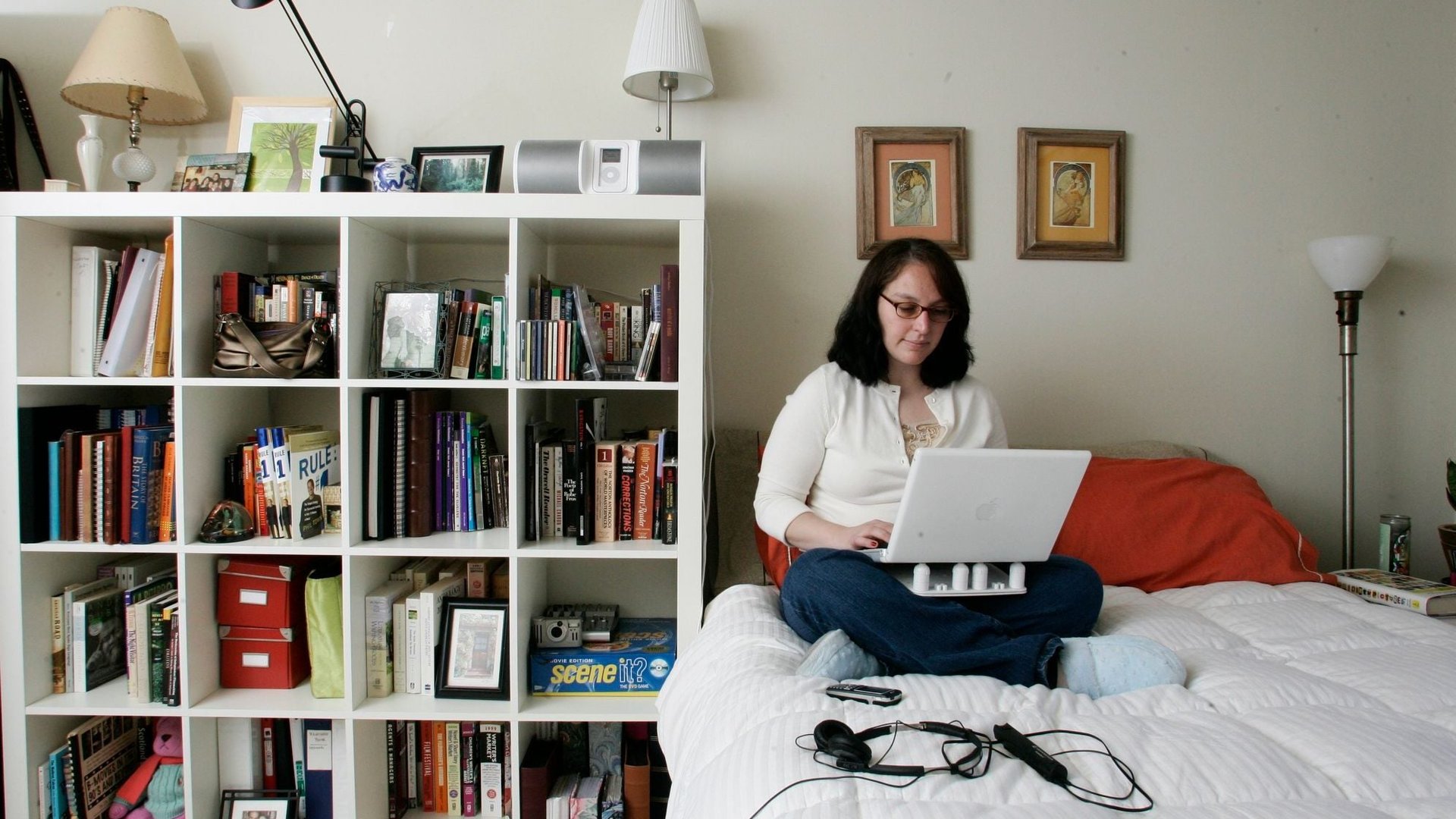Inventive tips for separating your job from your life when you work from home
For all the advantages of working from home, the blurring of lines between work and leisure time is a real drawback. Without clear boundaries and rituals to mark the workday’s start and end, it’s all too easy for remote workers to always be on the clock—or to feel guilty that they should be.


For all the advantages of working from home, the blurring of lines between work and leisure time is a real drawback. Without clear boundaries and rituals to mark the workday’s start and end, it’s all too easy for remote workers to always be on the clock—or to feel guilty that they should be.
The writer Nicole Cliffe recently queried her followers on Twitter about how those who work primarily from home distinguish their business hours from personal ones.
The responses she received are a collection of triggers and tricks for kickstarting productivity when the work day begins, and for unplugging when the day is done.
Costume change
Mr. Rogers changed into a sweater and sneakers as soon as he entered his on-set home, to give the children who watched him the security of a predictable routine. You can be your own Mr. Rogers!
This is true. Early in his career, the writer John Cheever owned a single suit. He would dress in this suit each morning, ride the elevator down to his apartment building’s basement, then strip off the suit and write in his underwear until it was time to dress again and go back up.
Change of scenery
One of the best resources a home-based worker can have is designated work space. An office with a door is the gold standard, but any workstation you can literally walk away from signals to you, and anyone you share a home with, when you’re on the clock. (If space is really at a premium, this desk folds up at the end of a shift and hides all your papers.)
Sensory shift
Several respondents had the intriguing idea to mark work time with a specific scent—a cost-effective way of transforming a space from home to work.
Rituals
If you have children or pets, you have an immediate excuse to turn your attention elsewhere when work is finished (and, often, even when it’s not). If external obligations don’t already create a hard stop to your day, find some that do. Scheduling a workout class or other activity at the time you want to stop working is a great motivator to wrap things up.
Turn off
There’s no more effective way to unplug from the workday than by literally powering down.